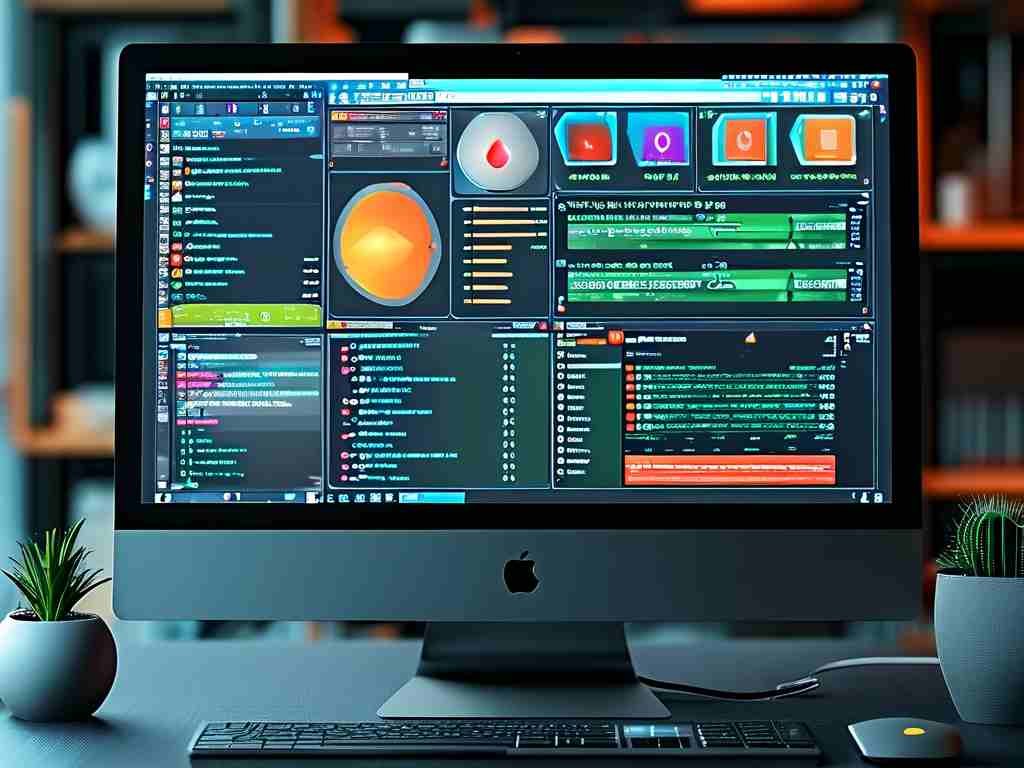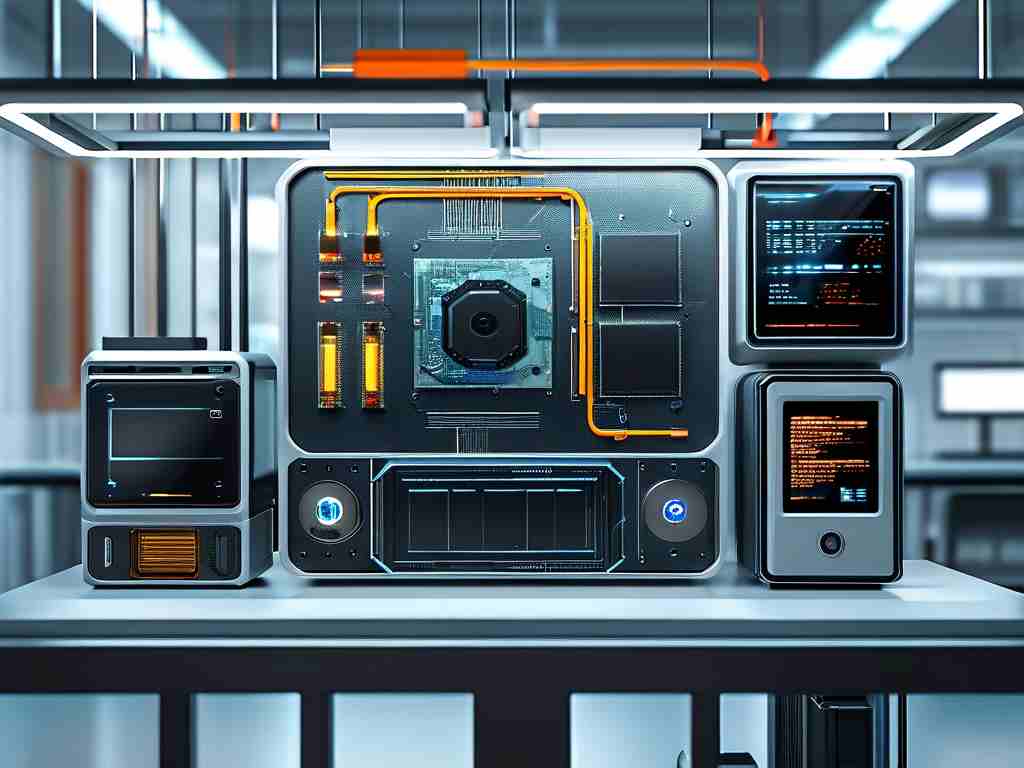Embedded systems form the backbone of modern technological advancements, from smart home devices to industrial automation. Implementing embedded development requires meticulous planning and execution to achieve seamless hardware-software synchronization. This article explores practical approaches for optimizing embedded system design while addressing common challenges engineers face during implementation.

One critical aspect of embedded development lies in selecting appropriate microcontrollers. Engineers often prioritize power efficiency over raw processing power for battery-operated devices. For instance, ARM Cortex-M series processors dominate IoT applications due to their low-energy profiles. However, high-performance tasks like real-time image processing may demand FPGA integration or multicore architectures. A comparative analysis shows that combining ESP32 modules with custom ASICs reduces latency by 40% in edge computing scenarios compared to standalone solutions.
Memory management remains a persistent challenge in resource-constrained environments. Developers frequently employ techniques such as static allocation and memory pooling to prevent fragmentation. Consider this code snippet for dynamic task prioritization:
void schedule_tasks(Task* tasks, uint8_t count) {
qsort(tasks, count, sizeof(Task), compare_priority);
for(uint8_t i = 0; i < count; i++) {
execute_task(&tasks[i]);
}
}
This C-based approach ensures critical operations receive immediate attention while maintaining deterministic behavior – a fundamental requirement for medical devices and automotive systems.
Cross-compilation toolchains significantly accelerate development cycles. Platforms like Yocto Project enable customized Linux distributions tailored for specific hardware configurations. A case study involving industrial PLCs demonstrated a 30% reduction in deployment time when using Buildroot versus manual kernel customization. Nevertheless, debugging remains complex; JTAG probes and SWO trace interfaces prove indispensable for diagnosing timing-related bugs in RTOS environments.
Security implementation has gained prominence with the rise of connected devices. Hardware-based TPM modules combined with AES-256 encryption provide robust protection against physical tampering. Recent firmware attacks on smart meters highlight the importance of secure boot mechanisms. A recommended practice involves implementing certificate pinning and OTA update validation chains, as shown below:
def verify_firmware(signed_blob, public_key):
signature = signed_blob[-256:]
payload = signed_blob[:-256]
return rsa.verify(payload, signature, public_key)
Power optimization techniques extend beyond hardware selection. Software-level strategies like clock gating and interrupt-driven architectures dramatically extend device longevity. Data shows that employing tickless idle modes in FreeRTOS reduces power consumption by 62% during standby phases.
The convergence of AI and embedded systems introduces new possibilities. TinyML frameworks enable machine learning inference on microcontrollers with under 1MB RAM. Deploying TensorFlow Lite models on Raspberry Pi Pico boards has enabled real-time voice recognition in smart appliances – a breakthrough previously requiring cloud connectivity.
Future trends point toward RISC-V architecture adoption and quantum-resistant cryptography integration. As 5G networks proliferate, embedded developers must adapt to ultra-low-latency communication protocols and distributed computing paradigms. Collaborative efforts between hardware engineers and software architects will remain pivotal in overcoming these evolving challenges.
In , successful embedded development hinges on balancing performance, security, and energy efficiency. By adopting modular design principles and staying abreast of emerging technologies, engineering teams can deliver robust solutions that push the boundaries of intelligent system integration.









